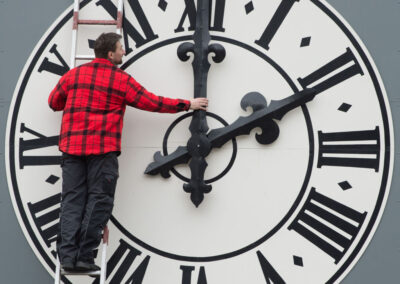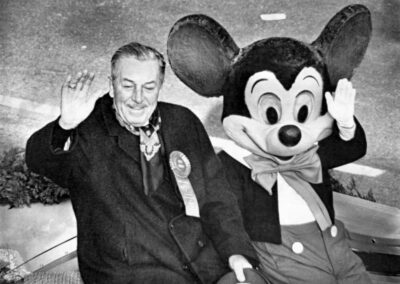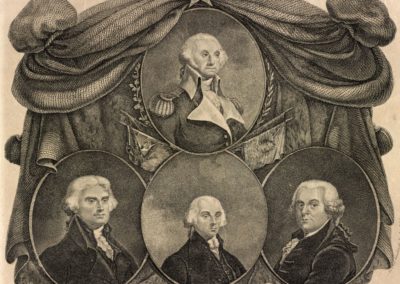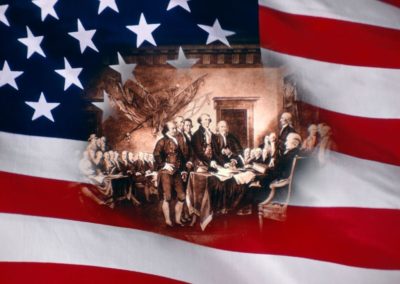The Traditional Graduation
Where and when did it all begin?
By: Kirsten Brooker | June 24, 2024 | 618 Words

(Photo by Sarah Reingewirtz/MediaNews Group/Los Angeles Daily News via Getty Images)
Each year, a group of students attends a graduation ceremony upon completing high school or college. Everything from the clothing, hat, song, diploma, and ceremony are built from a tradition established many years ago in the European Middle Ages. Each custom was established to represent specific cultures and their values. Many of the original traditions continue to be used today.
The Cap and Gown
It is common practice for the graduates to wear a long gown and a square hat with a tassel coming from the top. But when did this become the norm? As early American universities became more prominent, the scholar’s long gown became the traditional attire. Historically, the long dresses were worn with hoods to combat the cold temperatures and lack of decent indoor heating. Until the 1800s, the robes were black, but as time passed, schools began to use a color system to indicate what degree the graduate earned.
The cap, also known as a mortarboard, resembles a biretta. A biretta is a square cap with three or four peaks worn by clergy members, specifically in the Roman Catholic Church. It has since taken on a slightly different appearance by losing the peaks and is instead flat on top. The tassel that hangs from the top of the cap is a decoration. The tassel starts on the right and is moved to the left after a student has officially graduated and completed the ceremony. This custom began about 40 or 50 years ago, though the tassel has always been a part of the uniform.

(Photo by Eric Thayer/Getty Images)
Today, students are encouraged to decorate the tops of their mortarboards to thank those who helped them achieve their goals or to give props to their graduating school. It is unclear when decorative caps became the norm. However, Professor Sheila Bock from the University of Nevada believes it began sometime in the 1960s. “The earliest examples I have found were in the 1960s and were associated with protests against the Vietnam War.”
Once the ceremony is complete and the group of students is announced as graduates, tossing the caps into the air is standard practice. This tradition began with the US Navy in 1912. Once the men had graduated, they no longer needed their midshipman hats. They would be given new officer hats and, therefore, would toss their old caps into the air. The tossing of the cap symbolizes the completion of one task and the forward movement into the next part of life.
‘Pomp and Circumstance’
It would be difficult to find a graduation ceremony where ‘Pomp and Circumstance’ wasn’t played during the processional march. It was composed in 1901 by Sir Edward Elgar. It was initially used to honor King Edward VII of Great Britain during his coronation. The first graduation ceremony that played the iconic tune was at Yale University in 1905, and it quickly became the top choice for school ceremonies worldwide.
Diplomas

(Photo by Keith Birmingham/MediaNews Group/Pasadena Star-News via Getty Images)
Diplomas are the written formality of a successful graduation. Originally, diplomas were made from thin sheepskin. That tradition has since died, and parchment paper is now used for the honorary writings. Each graduate is presented with a rolled-up, scroll-like document wrapped with a ribbon that solidifies their achievement. The tradition of diplomas dates to the mid-1800s.
Many traditions associated with graduation ceremonies date back centuries. While tweaks and changes have been made over the years, the overall customs have remained solidly in place and do not appear to be changing any time soon.
















